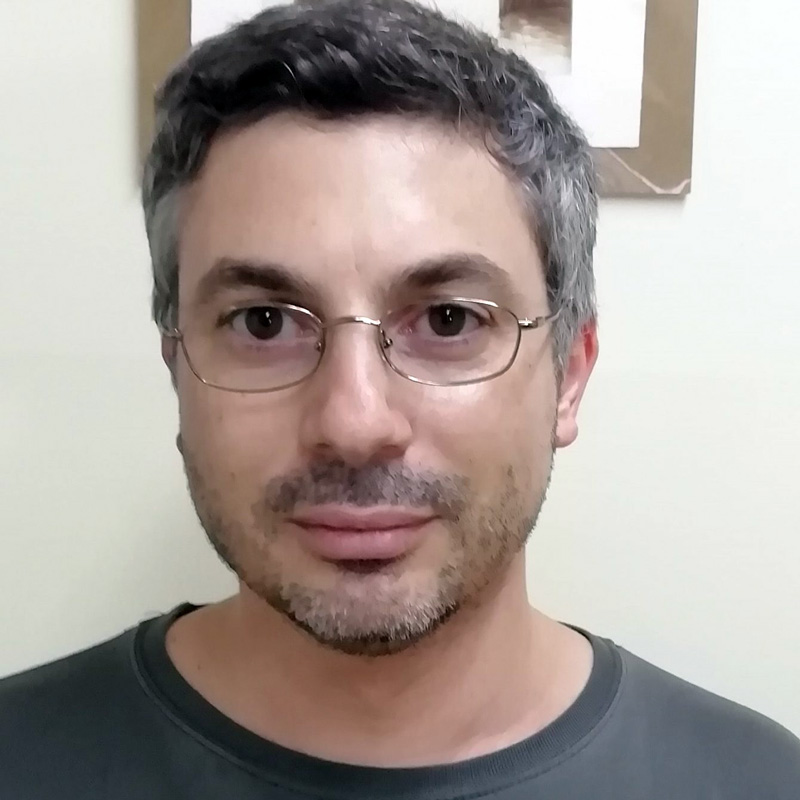Course Details
Boundary Element MethodsBoundary Element Methods
Spring Semester
Qualitative discussion on Turbulent flows around lifting bodies. The turbulent boundary layer. The concept of a shear layer (bound and free) and its use for the mathematical modeling of unsteady flows with lift. Bernoulli equation in non-inertia reference frames. Kinematics and dynamics of the free shear layers. Surface distribution of sources, dipoles and vorticity and their use for representing discontinuities in the velocity field. The free vorticity transport equation.
Fundamental solution of Laplace equation in 3D domains and representation theorems for the potential and velocity. The trace of a function with support in 3D domains. Singular integrals (Cauchy) appearing in potential theory and necessary existence and uniqueness conditions.
Formulation of the unsteady, incompressible non-viscous flow problem around system of rigid or flexible bodies, using boundary integral equations. The lifting surface theory. The pressure type Kutta condition at the trailing edge. Degenerate (linear) forms of the Kutta condition. The Morino and Hess & Smith boundary integral equation formulations. Explicit and implicit nonlinearity of the problem of flow around system of bodies, in the context of boundary integral formulation. Numerical solutions. Examples: Steady and Unsteady flow around 3D wings. Unsteady flow around biomimetic systems: flows around fishes and birds. Unsteady flow around rotors: Flow around a marine propeller.


